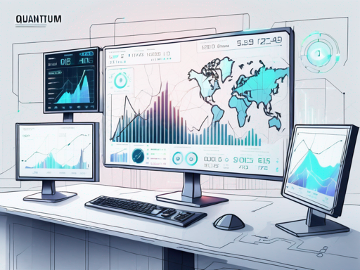The virtual world of gaming hvas evolved significantly over the years, introducing an entire economy within itself. One crucial aspect of this digital ecosystem is the market for in-game skins. Skins are virtual items that alter the appearance of characters, weapons, or other elements in a game. While some skins are purely cosmetic, others may have a direct impact on gameplay. One of the intriguing phenomena within this virtual market is the fluctuation of skin prices on platforms like Steam. In this article, we delve into the average time and the reasons behind the decrease in skin prices.
Table of Contents
Factors Influencing Skin Prices
Understanding the dynamics of skin prices requires an exploration of the various factors that influence them. These factors are diverse, ranging from market demand and supply to game updates, seasonal events, and even real-world economic conditions. The rarity of a particular skin, its popularity among players, and its perceived aesthetic value also play crucial roles in determining its price. Moreover, the interconnected nature of these elements contributes to the ebb and flow of steam inventory prices, shaping the virtual economy within gaming platforms.
Market Demand and Supply
At the heart of skin price fluctuations lies the classic economic principle of supply and demand. When a particular skin becomes highly sought after, its demand increases, potentially driving up the price. Conversely, an oversupply of a specific skin in the market can lead to a decrease in its value. It’s essential to recognize that the virtual world mirrors real-world economic principles in surprising ways.
Average Time for Skin Price Decrease
Regular Market Cycles
In the digital realm, market cycles often mimic traditional economic cycles, albeit at an accelerated pace. On average, skins experience a decrease in prices after a certain period of inflated demand. This cycle can be influenced by the release of new skins, game updates, or shifts in player preferences. On platforms like Steam, users keen on acquiring the latest and trendiest skins might sell their existing ones to fund their virtual shopping spree, leading to a temporary decrease in prices.
Post-Event Adjustments
Many games host special events or seasons, introducing exclusive skins available for a limited time. After these events conclude, the market may witness a surge in supply as players who obtained exclusive items during the event decide to cash in. This influx of skins into the market often results in a decrease in their prices. Understanding the timing of these events can give savvy traders an edge in predicting when skin prices might decrease.
Reasons Behind Skin Price Decrease
Game Updates and Patch Releases
The gaming industry is dynamic, with developers constantly working to enhance and refine the gaming experience. When a game undergoes significant updates or patches, it can impact the value of certain skins. This is particularly true if the update introduces new skins or alters the gameplay mechanics, making previously popular skins less desirable. Players might then opt to sell their existing skins, contributing to a decrease in their prices.
Shifting Meta and Player Preferences
In multiplayer games, the meta – the most effective strategy or playstyle – can evolve over time. If a particular skin becomes associated with an outdated or less effective playstyle, its demand may decrease, leading to a drop in price. Similarly, player preferences for certain aesthetics or themes can change, influencing the market value of specific skins.
Wrapping It Up!
In the virtual world, where pixels hold value, understanding the intricacies of skin prices can be both a fascinating and profitable endeavor. The average time for skin price decrease is influenced by market dynamics, regular market cycles, and post-event adjustments. The reasons behind these price fluctuations can be attributed to game updates, shifting metas, and changing player preferences. Steam inventory prices, as a reflection of this digital economy, offer an intriguing glimpse into the complexities of the gaming market. Whether you’re a casual player or an avid trader, keeping an eye on these trends can empower you to navigate the virtual marketplace with greater insight and strategic finesse.






